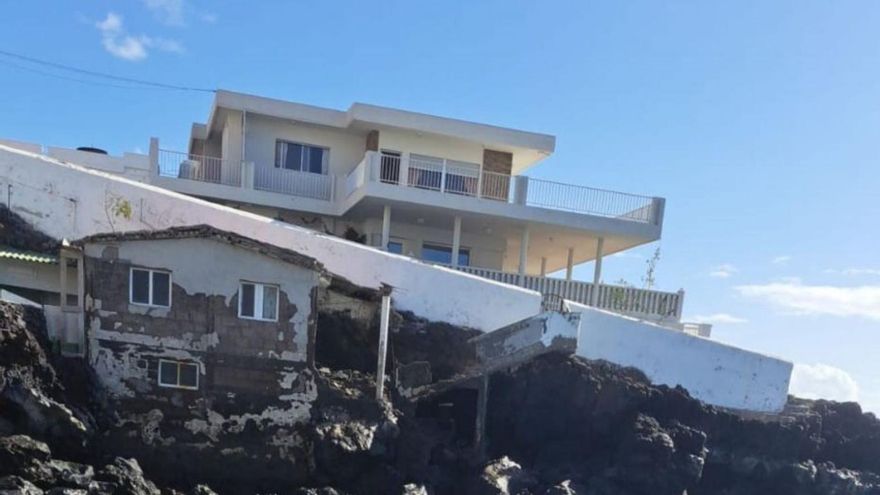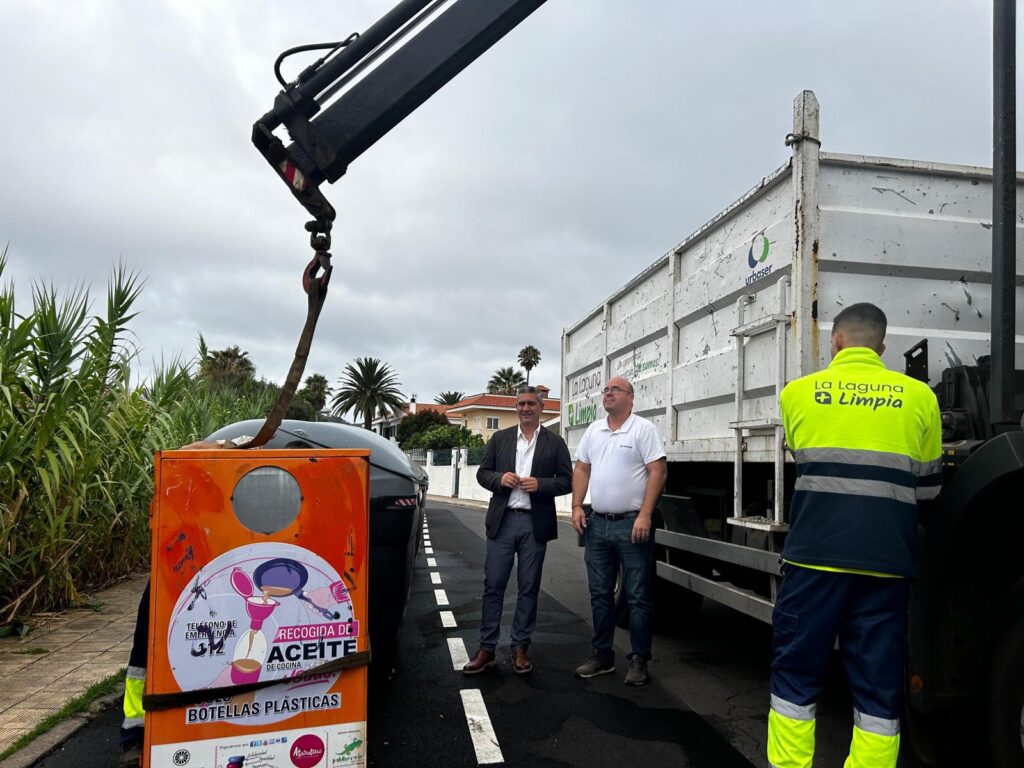
The closure of the last store leaves the southernmost village on the Agache coastline without bread, for example; a house declared in ruins, yet to be demolished, forces the bathing area to be cordoned off for almost a year; the beach hut and what was once a bowls field are now unsanitary spots; the Bishopric left the place without its temple and the residents demand that the land be returned to rebuild it… The list of shortcomings is long.
[–>
El Tablado is looking to fully restore its bathing area, calling for a cultural and outdoor leisure area, proposing the reconstruction of the hermitage, suggesting the creation of a training and social centre for the elderly, desiring a petanque court and the designation of a sensitive area for this town. “Here we cannot buy bread.” This is the phrase with which Francisco Bautista, a resident and spokesperson for the Independent Collective of El Tablado, summarises the state of decay in this enclave on the Agache coast.
Over 75% of the bathing area has been cordoned off for a year due to the risk of collapse of a house declared in ruins that still needs to be demolished, with the issue still unresolved. The rest of the beach “suffers from lack of moss removal and replenishment of what the tide takes away.” They ask for prisms for safer bathing, a semi-submerged dam to retain the sand, a wreck no more than 20 meters deep, and to complete the project Tenerife and the sea.
At this point, there is a hut that used to be a kiosk. After being closed for two years, “it is an unsanitary spot.” The Collective proposes that the authorities resolve the situation with the owner and devise the necessary solutions to provide this service during the summer, with subsequent removal.
Unsanitary is also how they describe what used to be a bowls field, now a dumpsite and a spot for dogs to bathe. “This is a public health issue.” The solution involves restoring the terrain, planting native flora, creating a safe access to the ravine, and reinstating the petanque field. On the seafront avenue, a plaque should be placed detailing the history of the first Agache team and replacing the existing gym equipment with a related image, with the collaboration of citizens for this purpose.
The lack of facilities and services leads El Tablado to propose a cultural and outdoor leisure space. For this, “the Cabildo must return the land that the City Council ceded next to the highway.”
The list of demands and proposals includes the construction of a hermitage. The previous one was demolished by the Bishopric “without the knowledge of the residents or the City Council.” They demand “that the land be returned to the municipality” to build the new temple dedicated to Our Lady of Charity of El Cobre and St. Charles Borromeo, revered in this town. In honour of the Virgin, the first mass was celebrated in the mid-20th century, as documents reflect. The alternative use of the building where religious worship currently takes place “should be social and for the elderly to receive education.”
To define the state of the nucleus, Francisco Bautista refers to the recent closure of the last store in the neighbourhood: “El Tablado has nowhere to buy bread today. The last store succumbed to exorbitant taxes and successive crises.” And it is not a trivial matter. “Today, those residents without means of transportation are forced to wait for those who work to return so that bread does not go missing from their tables.”
Agache was a region of special action at the end of the last century due to its conditions. Therefore, it benefited from European funds to promote the rebalancing of its way of producing and living. For today’s El Tablado, the Independent Collective proposes to the municipal authorities, in the first instance, “to formulate a mechanism that, as a sensitive area, encourages, creates the conditions, and ensures for the coast a commerce that facilitates access to basic perishable products.”















